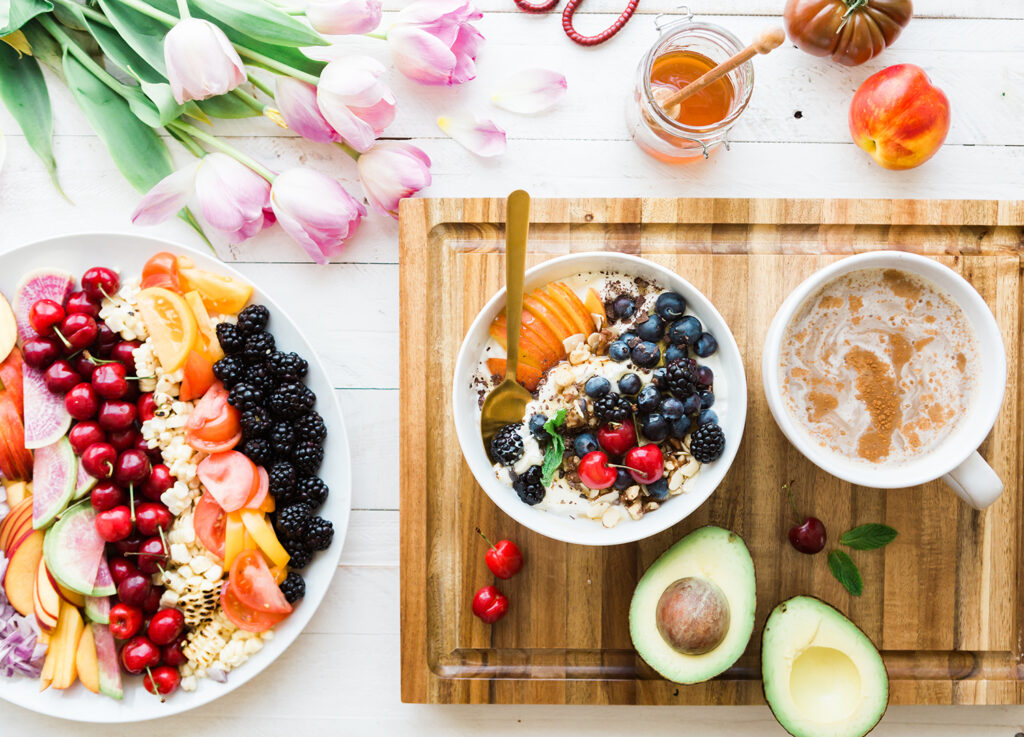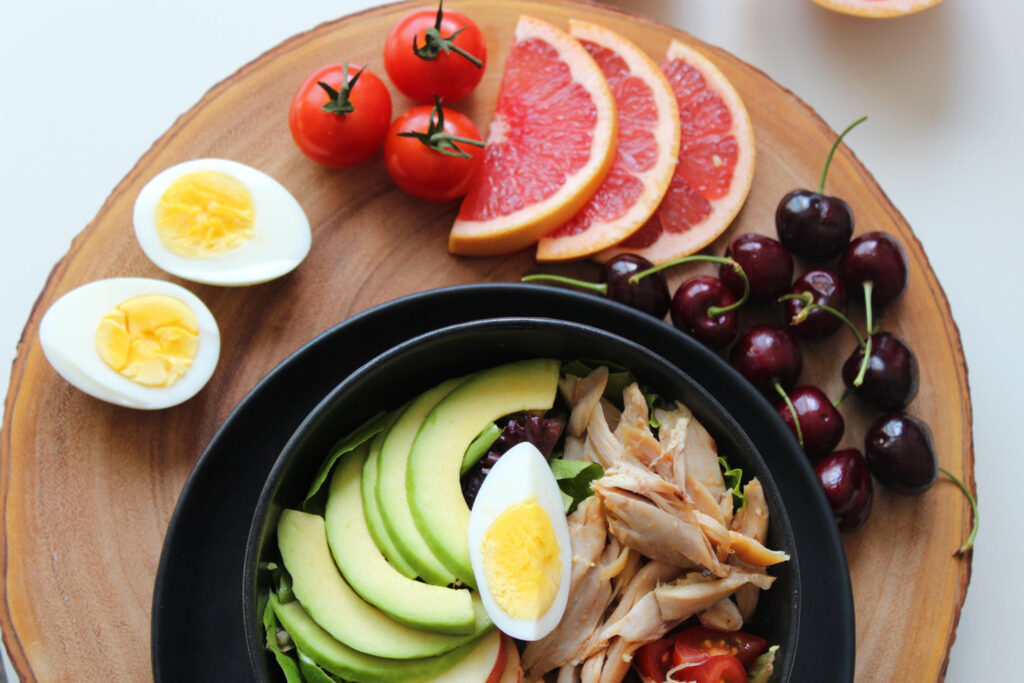Introduction to Weight Loss and Nutrition
Trying to shed a few pounds but tired of conflicting diet advice? Let’s simplify it. The key to weight loss isn’t starving or living off salads alone — it’s eating smart, staying consistent, and understanding how your body works.
Why Diet Plays a Major Role in Weight Loss
Exercise is great, no doubt. But if your diet is all over the place, you’ll be stuck in a frustrating loop. Weight loss is about burning more calories than you consume; most of that equation is handled in the kitchen.
The Science Behind Calorie Deficit
It’s simple math: if you burn more calories than you eat, your body taps into stored fat for energy. This is called a calorie deficit. You can create it by eating less, moving more, or — best — a mix of both.
Importance of Nutrient-Dense Foods
Forget empty calories. Nutrient-dense foods pack vitamins, minerals, fiber, and protein without going overboard on calories. These foods keep you full, energized, and satisfied.
Building Blocks of a Healthy Weight Loss Diet

Let’s break it down into what you need on your plate.
Protein – The Satisfying Macronutrient
Protein keeps you full, repairs muscle, and boosts your metabolism. Think eggs, chicken breast, Greek yogurt, lentils, and tofu. Aim for some protein in every meal.
Healthy Fats – Not All Fat is Bad
Avocados, nuts, seeds, and olive oil are your friends. Healthy fats support hormones and help with satiety. Just don’t go overboard – they’re calorie-dense.
Carbohydrates – Choosing the Right Ones
Don’t fear carbs — choose the right kind.
Simple vs Complex Carbohydrates
Simple carbs (like sugar and white bread) give quick energy but crash fast. Complex carbs (like oats and brown rice) digest slowly, keeping you full longer.
Glycemic Index Explained Simply
The glycemic index (GI) ranks carbs by how fast they spike blood sugar. Low-GI foods like sweet potatoes and legumes are ideal for steady energy and fewer cravings.
Essential Vitamins and Minerals for Fat Burning
Weight loss isn’t just about calories – your body needs the right nutrients to function properly.

Role of Iron, Magnesium, and B Vitamins
These support metabolism and energy production. Lack of them can leave you sluggish and unmotivated.
Hydration and Electrolyte Balance
Water is essential for fat metabolism. Staying hydrated also reduces cravings (yes, sometimes you’re just thirsty). Add electrolytes if you’re sweating a lot.
Best Foods for Weight Loss
Let’s talk superstars.

Leafy Greens and Vegetables
Low in calories, high in volume – perfect combo. Spinach, kale, broccoli, zucchini… eat them all.
Lean Proteins (Chicken, Fish, Tofu)
They’re low in fat, high in protein, and super versatile. Grill them, toss in stir-fries, or add to salads.
Whole Grains and Fiber-Rich Foods
Oats, quinoa, brown rice, barley – these complex carbs are packed with fiber that keeps you full.
Fruits – Nature’s Dessert
Yes, they contain sugar, but it’s natural, paired with fiber, water, and nutrients. Berries, apples, oranges, and melons are all winners.
Foods to Avoid or Limit
Some foods just make weight loss harder.

Sugary Snacks and Beverages
They spike your insulin, crash your energy, and leave you craving more. Soda, candy, cookies – keep them out of sight.
Processed Foods and Refined Carbs
White bread, instant noodles, packaged snacks… these are stripped of nutrients and loaded with sodium and unhealthy fats.
High-Calorie “Healthy” Traps
Granola, smoothies, and nut butters — these can be healthy in moderation but pack tons of calories. Watch your portions.
Meal Planning for Success
Planning is half the battle.

Portion Control and Plate Method
Use a simple plate method: half veggies, quarter protein, quarter carbs. Easy and effective.
Meal Prepping Tips
Prep your meals ahead — this avoids last-minute junk food decisions. Invest in good containers and keep it simple.
Smart Snacking Strategies
Think boiled eggs, hummus with veggie sticks, or a handful of almonds. Keep healthy snacks on hand to beat cravings.
Intermittent Fasting and Timing
Timing your meals can help, too.
What Is Intermittent Fasting?
It’s an eating pattern — not a diet — where you cycle between eating and fasting. Popular methods include 16:8 or 5:2.
Pros and Cons for Weight Loss
It can help reduce overall calorie intake and improve insulin sensitivity. But it’s not magic. If you binge during eating windows, it won’t work.
Myths and Misconceptions
Let’s bust some myths.
Starving Yourself Doesn’t Work
It slows metabolism, messes with hormones, and leads to binge eating later. Don’t do it.
Carbs Are Not the Enemy
The right carbs fuel your body and keep your mood stable. Ditching them completely isn’t sustainable or healthy.
The Role of Exercise
Yes, diet is key — but don’t forget to move!

Diet vs Exercise – What Matters More?
Diet has a bigger impact on weight loss, but exercise builds muscle, boosts metabolism, and improves mental health.
How to Combine Diet and Fitness Effectively
Start with walking, then add strength training. Keep it simple. The best workout is the one you’ll stick with.
Staying Motivated and Consistent
Setting Realistic Goals
Instead of saying “I want to lose 10kg,” aim for “I’ll eat veggies at every meal this week.” Small wins add up.
Dealing with Setbacks
Everyone slips up. Don’t quit — adjust. One meal won’t ruin progress unless you let it.
Sample 7-Day Meal Plan
Here’s a basic blueprint to guide your week:
Balanced Breakfasts
- Greek yogurt + berries + oats
- Scrambled eggs + spinach + whole wheat toast
Light Lunches
- Quinoa salad with chickpeas
- Grilled chicken wrap with hummus and veggies
Satisfying Dinners
- Baked salmon + sweet potato + broccoli
- Stir-fried tofu + brown rice + mixed veggies
Snacks Under 200 Calories
- Apple slices with almond butter
- Boiled eggs
- Carrot sticks + hummus
Conclusion
Weight loss doesn’t mean deprivation — it means transformation. When you choose a healthy diet filled with whole, nourishing foods, you’re not just losing weight… you’re gaining energy, confidence, and a better relationship with your body. Remember, there’s no perfect diet — just the one that works for you and is sustainable for the long haul.
FAQs
1. Can I lose weight without exercising?
Yes, but exercise helps with muscle tone, metabolism, and long-term maintenance. Diet is king, but movement is the crown.
2. How fast is healthy weight loss?
1–2 pounds (0.5–1 kg) per week is safe and sustainable. Anything faster may result in rebound weight gain.
3. Are cheat days okay?
Yes, in moderation. Enjoy a treat, not a binge. It’s about balance, not perfection.
4. Is keto or intermittent fasting better?
It depends on your lifestyle. Keto is more restrictive, while intermittent fasting focuses on when you eat. Try what feels doable.
5. What is the best diet for long-term weight loss?
The one you can stick to. Whole foods, portion control, flexibility — those are key. Don’t follow trends, follow what works for you.























